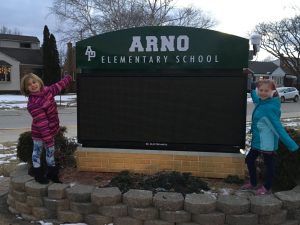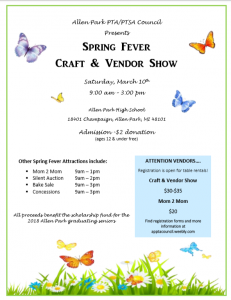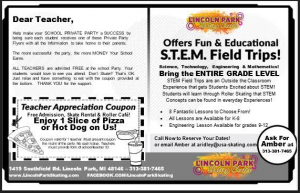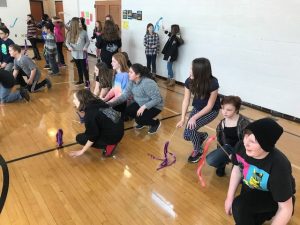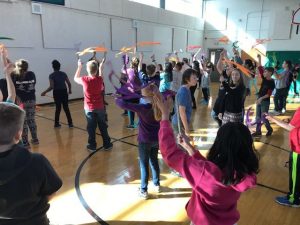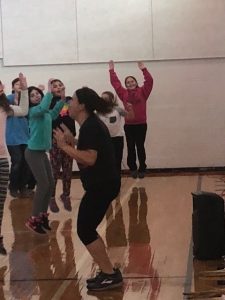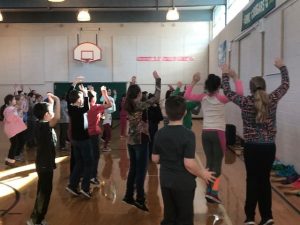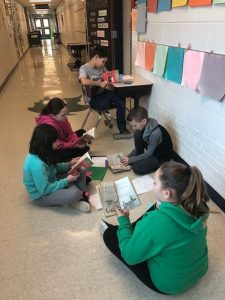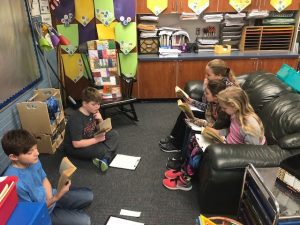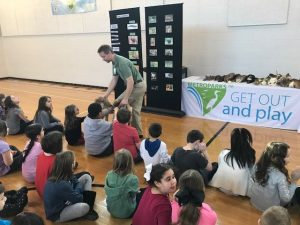Coming soon to Arno…
Feb. 12
Spirit Week Begins
– Olympic Village Day
Dress up as your favorite sport or country
Ad Council 9:00
Feb. 13
– Medals Day
Wear a medal you have, or make one to show off your
favorite sport or subject
Data Dive Per Schedule
Feb. 14
Happy Valentines Day!
PBIS Meeting 7:45
PTS Skating Party 6:00
– Red, White, & Blue Day
Show your love of the U.S.A. by wearing Red, White, & Blue
Data Dive Per Schedule
Feb. 15
Arno Blood Drive
Team Motivate Open Meeting 7:45
–Reading Olympics
Bring your favorite book and Olympic Torch (flashlight)
to read in your class
Safety Committee 9:30
Feb. 16
Early Dismissal- 11:40 a,m. Teacher PD
Spirit week end assembly- Snow in the Face Day
K, 1, 3 10:20
2, 4, 5 10:55
Feb. 19
Winter Break- No School
Feb. 20
Winter Break- No School
Feb. 21
Founders Day Banquet 6:00
School Improvement Meeting 3:45
Feb. 22
Metro Parks- 5th Grade
Feb. 23
Nothing Scheduled
Feb. 24
Arno Fun Fair 11-2
Arno’s new sign has arrived! Thank you voters for passing the special RESA millage!
Data Dive
Our data dive is scheduled for Feb 13 and 14. During our meeting, we will cover:
- Dividing students into tiers based on data
- Analyzing those most risk
- IRIPs
- A look at the learning continuum for NWEA
Spirit Week- Feb. 12-16
From the PTA
Happy Valentine’s Day!

Buddy League Buddy Flyer -xklg4u
Start planning now to attend Arno’s Valentine’s Day Skate Party!
RSVP using this link!
http://www.signupgenius.com/
Arno Blood Drive
The Arno blood drive is from 1:00-6:45 on Feb 15th. You can call or email Mrs. Anderson at 827-1050. You may also go on the Red Cross Website to register, searching for Arno Blood Drive. Please call the office if you have more questions.
https://www.redcrossblood.org/
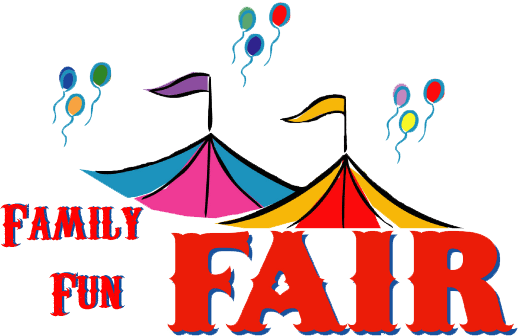
Arno Fun Fair
Arno’s annual Family Fun Fair is Saturday, Feb. 24th from 11 am-2pm! Tickets are still available at the door. There will be games, raffles, prizes, food, a cake walk and more! This is a great family event so be sure to stop by!
PBIS Zumba in Action!
4th Grade Book Club fun in Mrs. Smalley’s room
https://www.redcrossblood.org/
Metro Parks demonstrates for 3rd grade
INTERESTING ARTICLE
How to Use Data to Create Small Reading Groups
from NWEA Article
As educators, we constantly hear how important data collection is, but are often not given the tools for what to dowith data. We need to change that! In this post, I’m tackling how data can be used to design small reading groups (guided reading) in K-2 classrooms. The steps below outline a repeatable framework that can be applied each time you collect data and regroup students according to their reading level. This process will work independent of the reading assessment you employ in your classroom.
Assess all students’ reading over the course of 1-5 days.Ideally, assessment occurs 3-5 times per year to provide actionable data. The rationale for testing your entire class over the course of 1-5 days is simply to ensure ALL data is collected within a manageable time frame. Time is a scarce resource for educators, so setting a concrete timeline helps to ensure all students’ reading is assessed. Setting aside a few days at several times during the year enables you to have up-to-date information on your students’ progress. When I taught, I tested in September, December, February, April, and June, and created “Inquiry Week” mini-units (students voted on the unit topic). This provided new, exciting content for students to learn and allowed me to pause my guided reading instruction, so I could test everyone.
Assess multiple reading skills to build a full reader profile of each student. The testing process will look different depending on the grade level, but your overall assessment should include a consistent set of leveled texts that all students read (some read one, some read multiple, but the key is that the texts stay consistent regardless of the student). When reading a text, assess students on the following: concepts of print (Kindergarten only), accuracy, comprehension, rate, and fluency. Most assessments already contain these subtests, but if they don’t, create a quick template for your class so you have data in all the categories listed above.
Analyze the reading data on a class, group, and individual student level. This is the most crucial step in creating your small groups because this is where data becomes action.
- Class-wide lens: Using your class list, enter each student’s score on all subtests to view the data from a class wide lens. A simple spreadsheet is a great place to house and save your class reading data. This analysis will provide you with the large trends for your class (what percent of the class is above, at, or below benchmark, for instance).
- Group-wide lens: Using the above, at, and below benchmarks, create small reading groups of about six students each (educators with large class sizes can increase but not exceed eight per group). Students grouped together should be within 1-2 levels of each other to be most effective. As you create these small groups, make note of the most common concepts of print (Kindergarten only), accuracy, comprehension, rate, and fluency instructional needs for the group. This little move will save you BIG TIME when planning mini-instructional units for each group.
- Individual-student lens: Once you have each student in a small group, scan the data for the instructional area that is the highest leverage for the student’s reading growth. A helpful question to ask yourself is, “What held this student back from reaching the next level?” For example, a Kindergarten student whose rate held them back from reaching the next benchmark should have an individual goal of “I will read the way I talk.” Once you have a bank of goals, you can reuse them for students who demonstrate the same instructional need. Tip: Phrasing the goal in student-friendly language helps to ensure students take ownership of their goals.
 Create mini-instructional units for each small group. Mini-instructional units will guide your small group instruction over the next assessment period. Typically, mini-instructional units cover 4-6 weeks of learning. The timeframe gives students time to learn new skills, apply them in real time with your feedback, and make solid progress. This is where that common goal you set aside during the “group-wide lens” analysis is a big help! Take that goal and backwards plan 4-6 weekly objectives to guide students in meeting that goal. Now that your mini-unit has an instructional focus, drop in the relevant content standards and your daily objectives. To be even MORE precise, add in weekly phonics goals for each group – sometimes referred to as “word work.” Word work typically happens during your balanced literacy block, when students are NOT in a small group with you. For example, during your small group reading time, you teach a small group while others are working on independent literacy activities. By focusing each group’s word work to meet their instructional needs, you are providing your students with more “at bats” (opportunities) to practice at their skill level.
Create mini-instructional units for each small group. Mini-instructional units will guide your small group instruction over the next assessment period. Typically, mini-instructional units cover 4-6 weeks of learning. The timeframe gives students time to learn new skills, apply them in real time with your feedback, and make solid progress. This is where that common goal you set aside during the “group-wide lens” analysis is a big help! Take that goal and backwards plan 4-6 weekly objectives to guide students in meeting that goal. Now that your mini-unit has an instructional focus, drop in the relevant content standards and your daily objectives. To be even MORE precise, add in weekly phonics goals for each group – sometimes referred to as “word work.” Word work typically happens during your balanced literacy block, when students are NOT in a small group with you. For example, during your small group reading time, you teach a small group while others are working on independent literacy activities. By focusing each group’s word work to meet their instructional needs, you are providing your students with more “at bats” (opportunities) to practice at their skill level.
Share individual goals with students! By sharing individual learning goals with students, they begin to take ownership over their learning. You can type out student goals on small strips of paper, print them on labels to create “stickers” for students, or share them verbally. This process begins to shift the continuum of voice from teacher centered to learner centered. Add your students’ goals to your small group conferring notes binder, and as you are conducting your small group instruction, have students state their learning goals to you before you listen to them read. Now, your time with that student is hyper-focused on their individual needs AND students are continually referring to their goals as they work to meet them.
Use this framework each time you assess your class reading growth to create focused instruction for all your students.
16 Videos About the Science of Winter Olympics Sports
The Winter Olympics begin this week. I’m looking forward to the skiing events and the bobsled events. The start of the Winter Olympics presents an opportunity to incorporate some science lessons into your students’ interest in a current event that they may be following at home.
The National Science Foundation offers a YouTube playlist of sixteen videos on the science of Winter Olympics events. These short videos teach lessons on the physics and engineering behind the events we see on television. The videos are almost eight years old now, but the science concepts covered are just as relevant to these Olympic games as they were to previous Winter Olympics.

15 Tech Tidbits To Bring the 2018 Winter Olympic Into Your Classroom
The 2018 Winter Olympic Games premiere in South Korea for 18 days starting February 8 and ending February 25. Almost 3,000 athletes will gather to compete from over 90 countries in seven sports, including skating, skiing, bobsled, biathlon, curling, ice hockey, and luge. Over 102 medals are up for grabs, which is the most ever in Winter Olympic history.
Educators have a terrific opportunity to expand their students’ learning, and librarians can play a key role in research and support of classrooms during the Olympics. These games provide excellent moments to teach students about many subjects, including history, science, physical education, and social studies.
Even though the 2018 Olympics are proving to be more inclusive, hosting the highest number of female athletes and mixed events in Winter Games History, there can be many challenges for athletes that your students can study and evaluate.
For example, rock star librarian Alan Barbee collaboratively created a social studies unit for his middle school students that dealt with how religious beliefs may impact a person’s ability to play sports. His students had deep discussions after reading articles about high school and sport hijabs in The Washington Post and other pieces on Olympic figure skater Zahra Lari, who broke barriers wearing a hijab while skating but had points deducted from her score because judges considered her head covering a costume prop.
Science teachers have a plethora of resources like Science 360 videos that teach everything from physics of skiing to the transfer of kinetic energy using the sport of curling. Energy efficiency in Olympic venue buildings can be studied in resources that explain how the architectural design helps to maintain temperatures and the integrity of the ice.
Wondering how you and your students can watch the events? For the first time, this year’s Olympic Games will be broadcast and streamed LIVE in all times zones by NBCOlympics.com. The videos will also be available on the NBC Sports app for Android and iPhone. Both NBC and CBSsports will provide educators the opportunity to use archived resources, which include athlete profiles and specific stories and updates in their classrooms.
Don’t forget about social media! Olympians will be posting on Twitter or Instagram using the hashtag #PyeongChang2018 or you can simply follow via #WinterOlympics, TeamUSA, or through your favorite athlete. They must adhere to Olympics social media guidelines throughout the games, which could prove to be a great segue into a discussion on Internet safety.
Specific lesson plans are beginning to appear online and will no doubt be more accessible closer to the opening ceremonies from sites like Education World and Readwritethink, and of course the fabulous Teachers Pay Teachers site. Savvy educators have created solid resources using the historic Olympic.MU site and even the Team USA YouTube site.
Students may have special interest in the events new to the Olympics this year, including the Snowboarding Big Air, which promises lots of spectacular aerial stunts, mixed doubles curling, team alpine skiing, and the incredible mass start speed skating. Students and teachers alike may also enjoy learning about unique aspects of the Olympics like the Nigerian women’s bobsled team.
And don’t forget that after all this fun, PyeongChang, South Korea, will host the 2018 Paralympic Winter Games from March 9–18.
So many things to explore and discover! Whether you incorporate a math lesson about kilometers to events from the Olympic village or just lovable white tiger Olympic Mascot named Soohorang, we hope you and your students enjoy the competition and dream big.



